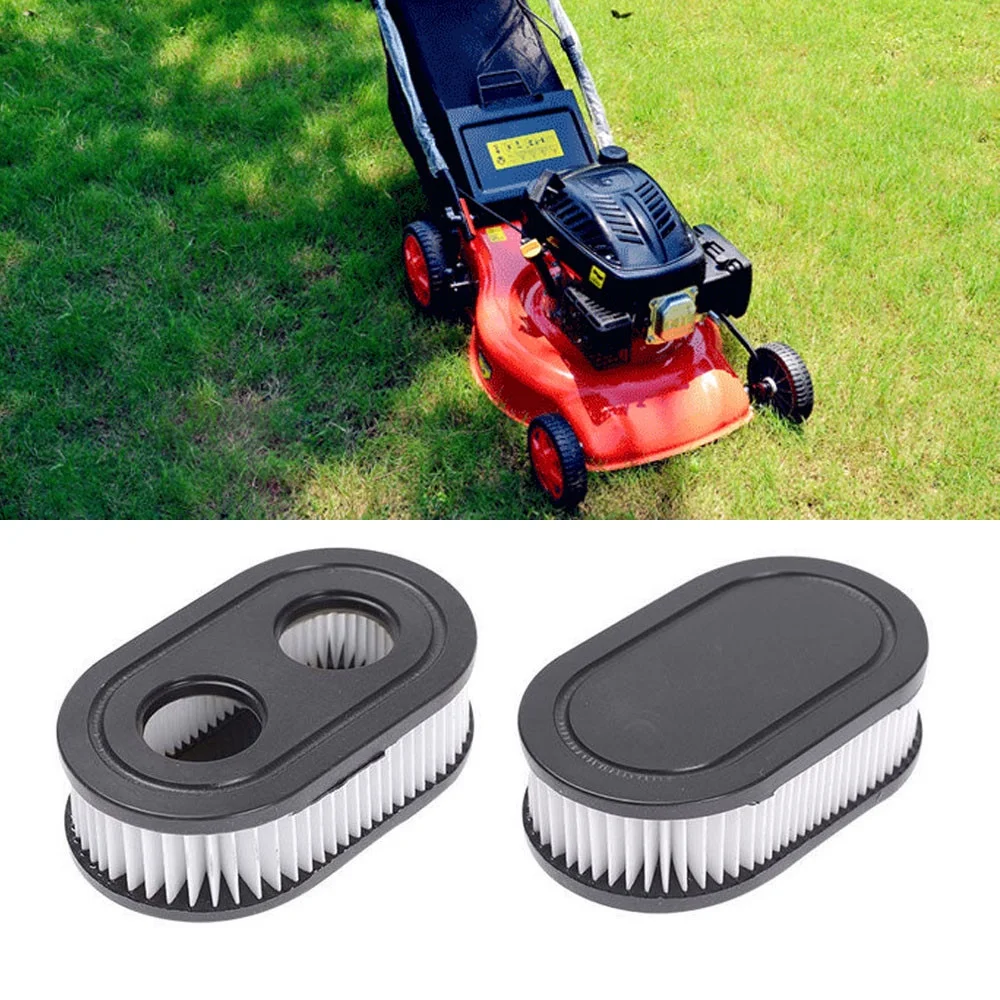Checking your engine oil is a simple task that can significantly impact your vehicle’s health and performance. By regularly monitoring your oil level, you can prevent costly engine damage and ensure your car runs smoothly.
Why is Checking Your Engine Oil Important?
Engine oil is vital for lubricating the engine’s moving parts, reducing friction, and preventing wear and tear. It also helps to cool the engine and remove debris. When your oil level is low, your engine can overheat, leading to serious problems.

When Should You Check Your Engine Oil?
It’s recommended to check your engine oil at least once a month or before long trips. Additionally, you should check your oil level after an oil change to ensure the correct amount has been added.

How to Check Your Engine Oil: A Step-by-Step Guide
Here’s a simple, step-by-step guide on how to check your engine oil:
Park on a Level Surface
- Find a safe spot: Park your car on a level surface to get an accurate reading. Avoid parking on a hill or slope, as this can affect the oil level measurement.
Turn Off the Engine and Wait
- Let it cool down: Allow your engine to cool down for a few minutes before checking the oil. Hot oil can give you an inaccurate reading.
Locate the Dipstick
- Find the handle: The oil dipstick is usually a yellow or orange handle located near the front of the engine. It’s often marked with an oil can symbol.
Pull Out the Dipstick
- Grip the handle: Grasp the handle firmly and pull the dipstick straight out.
Wipe the Dipstick
- Clean it off: Use a clean cloth or paper towel to wipe the oil off the dipstick. This will ensure a clear reading.
Reinsert the Dipstick
- Push it all the way in: Gently push the dipstick all the way back into the tube.
Pull Out the Dipstick Again
- Check the oil level: Slowly pull the dipstick out again and examine the oil level.
Read the Dipstick
- Look for the marks: The dipstick will have two marks: “Add” and “Full.” The oil level should be between these two marks.
- Low oil: If the oil level is below the “Add” mark, you need to add more oil.
- Full oil: If the oil level is between the “Add” and “Full” marks, you have the correct amount of oil.
- Overfilled: If the oil level is above the “Full” mark, you have too much oil. This can be harmful to your engine.
Check the Oil’s Condition
- Look at the color and consistency: While checking the oil level, take a moment to inspect the oil’s color and consistency.
- Color: New oil is typically amber or golden in color. As it ages, it can darken to brown or black.
- Consistency: The oil should be smooth and fluid. If it’s thick or gritty, it may need to be changed.
Dashboard warning light
Your car’s dashboard is more than just a display of speed and fuel levels. It’s a vital communication tool, using a system of lights to alert you to potential issues.
Common Dashboard Warning Lights and Their Meanings
Here are some of the most common dashboard warning lights and what they signify:
Red Warning Lights (Immediate Attention Required)
- Check Engine Light: This versatile light can indicate a variety of issues, from minor sensor problems to major engine trouble. It’s best to have it diagnosed by a mechanic.
- Oil Pressure Warning Light: A critical sign that your engine’s oil pressure is low. Pull over immediately and shut off the engine.
- Brake Warning Light: This can signal a problem with the brake system, such as low brake fluid or a malfunctioning brake pad sensor.
- Battery Warning Light: This indicates a problem with the charging system or battery.
- Temperature Warning Light: If this light illuminates, it means your engine is overheating. Pull over and let it cool down.
Yellow or Amber Warning Lights (Potential Issues)
- ABS Light: A malfunction in the anti-lock brake system.
- Traction Control Light: Indicates a problem with the traction control system.
- Tire Pressure Monitoring System (TPMS) Light: Warns of low tire pressure.
- Power Steering Warning Light: Signals a potential issue with the power steering system.
What to Do When a Warning Light Comes On
- Pull Over Safely: If it’s safe to do so, pull over to a safe location.
- Consult Your Owner’s Manual: Your owner’s manual will provide specific information about the warning lights in your vehicle.
- Seek Professional Help: If you’re unsure about the issue, consult a qualified mechanic.
Preventive Maintenance
Regular vehicle maintenance can help prevent many of the issues that trigger warning lights. This includes:
- Oil Changes: Adhere to the recommended oil change intervals.
- Tire Pressure Checks: Regularly check and adjust tire pressure.
- Battery Checks: Have your battery tested periodically.
- Brake Inspections: Schedule regular brake inspections and replacements.
By paying attention to your car’s dashboard warning lights and taking prompt action, you can ensure your vehicle’s safety and longevity.
Adding Oil
If your oil level is low, you’ll need to add more oil. Here’s how to do it:
- Locate the oil filler cap: It’s usually located near the dipstick and is marked with an oil can symbol.
- Open the cap: Unscrew the cap and carefully pour the recommended type of oil into the filler neck.
- Check the level: After adding oil, recheck the dipstick to ensure the level is between the “Add” and “Full” marks.
- Replace the cap: Tighten the oil filler cap securely.

Importance of regular oil checks
Regular oil checks are a crucial part of vehicle maintenance. Engine oil is the lifeblood of your car, and keeping it at the right level ensures optimal performance and longevity.
Why is Engine Oil So Important?
- Lubrication: Oil reduces friction between moving parts, preventing wear and tear.
- Cooling: It helps dissipate heat generated by the engine.
- Cleaning: Oil picks up dirt and debris, keeping the engine clean.
- Protection: It forms a protective film on metal surfaces, reducing corrosion.
What Happens When Oil Levels Are Low?
- Increased Friction: Without adequate lubrication, engine parts rub against each other, causing excessive wear.
- Overheating: The engine can overheat, leading to serious damage.
- Reduced Engine Life: Prolonged low oil levels can significantly shorten the engine’s lifespan.
- Potential Engine Seizure: In severe cases, the engine can seize up completely, requiring costly repairs or replacement.
How Often Should You Check Your Oil?
While the specific frequency may vary depending on your vehicle’s manual and driving habits, it’s generally recommended to check your oil level at least once a month, or more often if you frequently tow heavy loads or drive in extreme conditions.
How to Check Your Oil:
- Park on Level Ground: Ensure your car is parked on a flat surface for an accurate reading.
- Turn Off the Engine: Wait a few minutes for the engine to cool down.
- Locate the Dipstick: It’s usually yellow or orange and has a handle.
- Wipe the Dipstick: Use a clean cloth to remove any oil residue.
- Insert and Remove: Insert the dipstick fully, then pull it out.
- Check the Oil Level: The oil level should be between the “Add” and “Full” marks.
- Inspect the Oil: Look at the color and consistency. Fresh oil is typically amber or golden. Dark, thick oil may indicate the need for a change.
By regularly checking your engine oil and maintaining the proper level, you can significantly extend the life of your vehicle and avoid costly repairs.
Tips for Maintaining Your Engine Oil
- Use the right type of oil: Consult your owner’s manual to determine the correct type of oil for your vehicle.
- Change your oil regularly: Follow your vehicle’s recommended oil change interval.
- Avoid overfilling: Adding too much oil can be harmful to your engine.
- Check for leaks: Regularly inspect your engine for oil leaks.
- Consider using a synthetic blend: Synthetic oil can provide better protection and performance, especially in harsh conditions.
By following these simple steps and incorporating these tips, you can ensure that your engine oil is always at the correct level and in good condition. This will help to prolong the life of your engine and keep your vehicle running smoothly.





